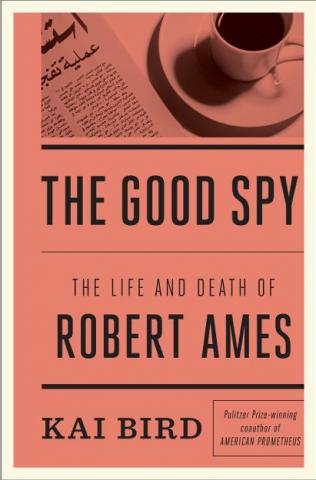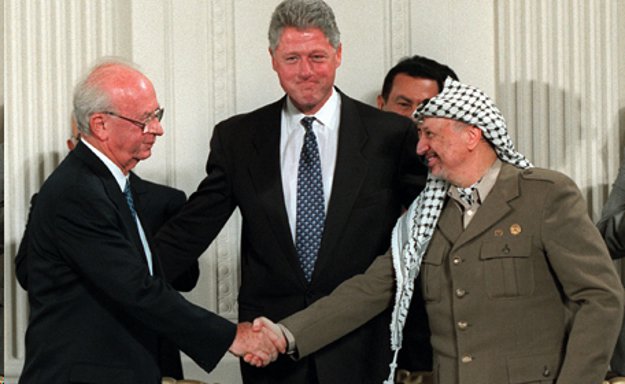Covert Attempts at Mideast Peace Detailed in ‘The Good Spy’

The Good Spy: The Life and Death of Robert Ames
By Kai Bird
Crown
427 pages
Robert Ames was a CIA analyst and agent who worked behind the scenes to help broker peace in the Middle East, before tragically losing his life in the terrorist bombing of the U.S. embassy in Beirut in 1983.
Raised in a working-class Philadelphia neighborhood, Ames later worked at a top-secret listening post in Eritrea and became a CIA case officer in 1961. In this role—which largely entailed recruiting foreign agents to spy for the U.S.—he served in Saudi Arabia, Yemen, Iran, Kuwait and Lebanon during the ‘60s and ‘70s. He became one of the CIA’s most proficient recruiters in that war-torn region.
Chief among his successes was a close association with several high-ranking members of the Palestine Liberation Organization, at a time when American foreign policy refused to deal with the PLO in any official manner. These covert activities included a back-channel relationship with Ali Hassan Salamen, also known as “the Red Prince,” blamed by the Israelis for his complicity in the kidnapping and murder of Israeli athletes at the 1972 Munich Olympics.
Ames’s efforts, though never acknowledged publicly before now, were said to pave the way for the historic peace accord of 1993, between then Israeli Prime Minister Yitzhak Rabin and PLO Chairman Yasir Arafat.
Kai Bird tells the story of Robert Ames in The Good Spy, a painstakingly researched biography of Robert Ames. Although, as Bird writes, “it would be altogether ungenerous to see Ames’ life as bordered by—and defined by—the depressing narrative of the Palestinian-Israeli conflict,” in the same breath he notes that “Ames’s story is emblematic of a struggle largely waged as a protracted, six-decade-long intelligence war.”

That long intelligence war is the focus of the book, which goes into considerable detail about Ames’ comings and goings throughout the Middle East (and in the Washington, D.C. area). Bird writes at great length about many clandestine meetings Ames arranged and conducted with PLO members at that time, an account that comes to have, for the reader, gradually diminishing returns.
The fact that he had so many unauthorized encounters with the PLO is significant for the time, but is not in itself terribly interesting. It exemplifies the less successful qualities of The Good Spy, with its rather dry, relentlessly linear account of Ames’ professional and personal life (happily married with six children). The result is an account whose plodding pace takes a long time to accelerate, bogged down as it is by an abundance of minor details and quotes from both named and unnamed CIA agents that reinforce these same minor points.
Robert Ames by all accounts worked tirelessly on behalf of the U.S. to loosen the deadlock of violence and retribution that characterizes the struggle between Arabs and Israelis in the Middle East. Sadly, as present-day events bear out, his efforts achieved no lasting result. In addition to being an admiring biography of a uniquely gifted CIA operative, The Good Spy reminds us of those long-ago days when some sort of resolution was considered even a remote possibility.
Author Bio:
Lee Polevoi is Highbrow Magazine’s chief book critic.




























































































































































































































































































































